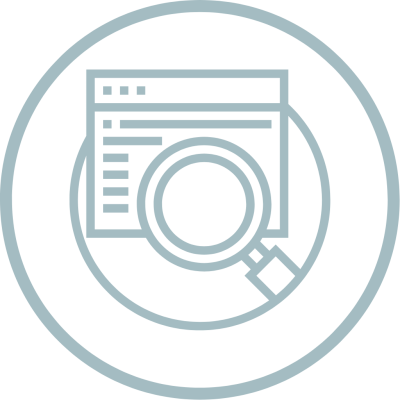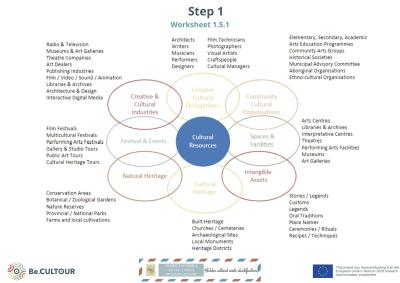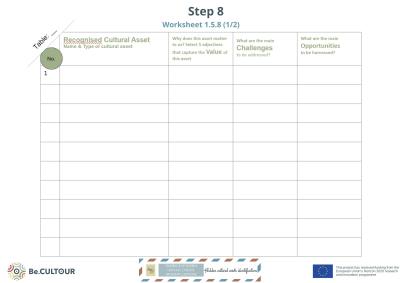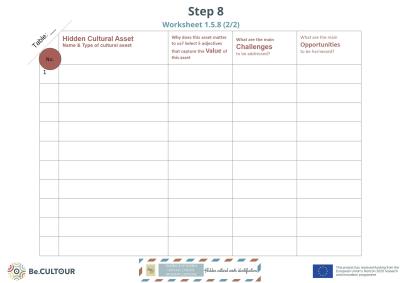
PURPOSE:
This module aims to foster a common understanding of the tangible and intangible cultural assets and natural resources of the heritage site and documenting their intrinsic values as perceived by key local stakeholders.
It enables to make a first assessment of challenges and opportunities related to the valorisation of these assets and document first suggestions and priorities for collaborative action.
At the same time, participants’ interest and commitment in terms of addressing concrete challenges is captured to plan collective action.
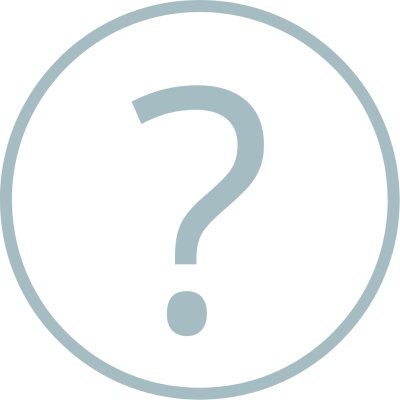
WHAT
Problem exploration:
Who are you traveling with? Where do you want to go?

WHEN
First Local Workshop:
Pick a destination and the right fellowship
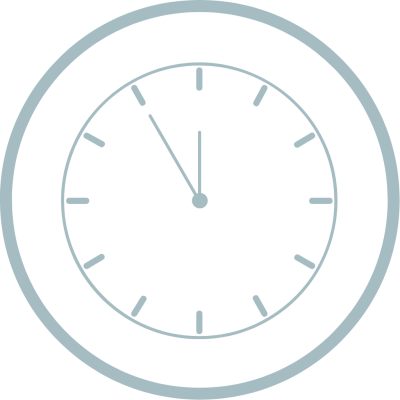
SESSION DURATION
140 minutes
GUIDELINES:
Define the scale, limits and focus of this mapping exercise.
Select a regional Map for the implementation of the mapping exercise. This Map should include the most important cultural and
natural heritage sites. Possible formats:Use colourful green stickers to mark up to 10 most recognised cultural and natural assets on the Map.
Complete Worksheet 5.2: “Reviewing recognised cultural assets” as a legend to your Map, listing up to 10 assets, suggesting keywords regarding the value of each asset, the opportunities to be harnessed and the challenges faced in relation to fostering circular cultural tourism in your region. Repeat task so as to have enough Maps + Legends for every discussion table.Purchase postcards representing the most known cultural and natural assets of the heritage site. Postcards can be
linked with threads and pins to a central Map displayed in the Workshop space.
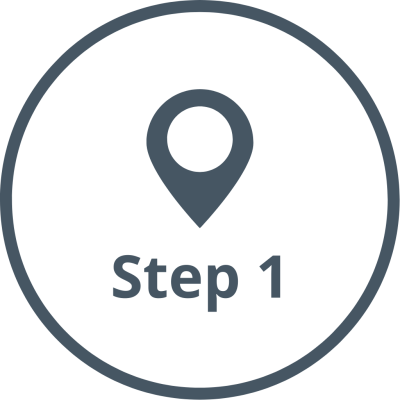
Ouverture
Participants are seated in groups of 4-5 with one table host each. Each group has 1 map, three worksheets and two sets of green/red stickers.
(Worksheet 1.5.1)
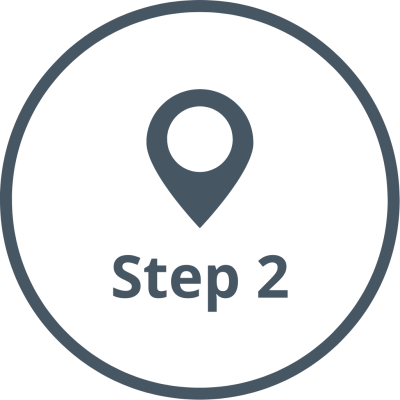
What is meant by “cultural assets”?
Review Map with pre-filled red stickers and discuss to assess different types of “recognised assets”. Review pre-filled Worksheet 5.2 and enhance with notes if needed.
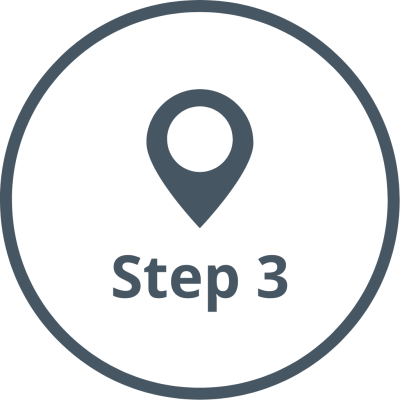
Second round:
Map up to 10 additional, “hidden assets” using green stickers, thinking beyond the recognised sites. Intangible assets can be marked freely on the map.
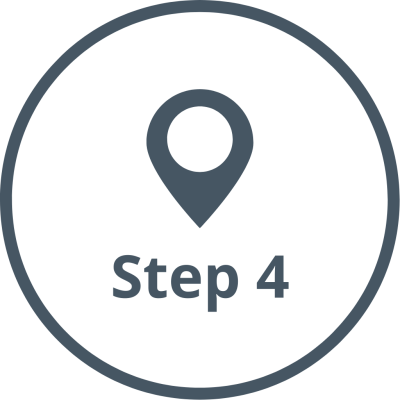
What are the hidden resources of our region?
Why do these matter
to us?
What 5 adjectives capture their value? What are the main challenges to be addressed?
What are the key opportunities to be harnessed?
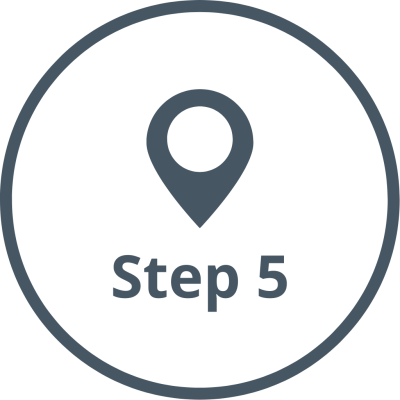
Table hosts remain on tables, keeping Map and Worksheets.
Participants rotate tables, in order to cross-pollinate ideas and mix up in different discussion groups.
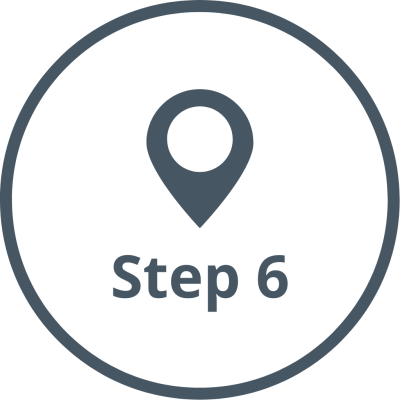
Third round:
Table hosts provide an overview of the discussions so far based on Map and Worksheets completed in First and Second Round.
Participants provide additional insights regarding the assets mapped with green stickers during Second Round.
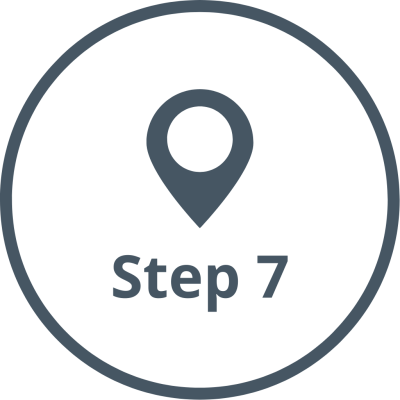
Participants discuss and identify 5 key challenges to valorise their cultural assets and promote circular cultural tourism in the region (at the level of
mapped assets or the heritage site overall). Each challenge is written down on one Challenge Card with visible letters to be visible by all participants.

Groups are invited to share key insights in plenary.
As groups present, Documenter places Challenge Cards on display wall, clustering the ones that have similar focus.
(Worksheet 1.5.8)
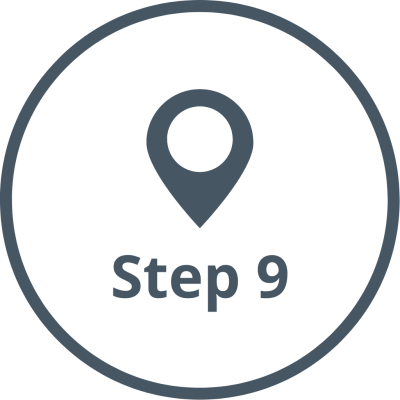
Participants stand up to engage in Dot Voting to prioritise challenges in plenary.
They place their blue stickers on 1-3 Challenge Cards
simultaneously, allowing for anonymous distribution of votes.

The 5 most voted Challenges are selected for challenge-driven
team building in a respective number of tables.

One Challenge Card is assigned to each table and participants are
asked one by one to select a challenge/team and explain their choice to the plenary.

ONLINE APPLICATION
Use MIRO
Complete the same documentation tasks as the physical version.
Use participant notes to inform your summary.
